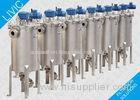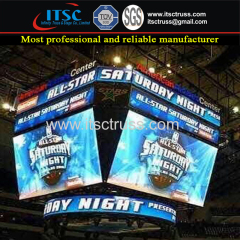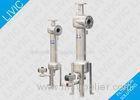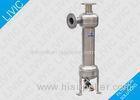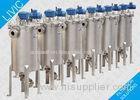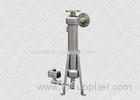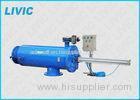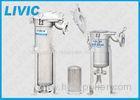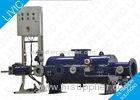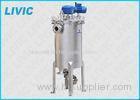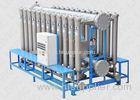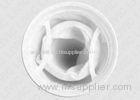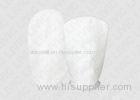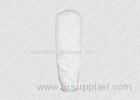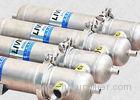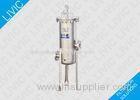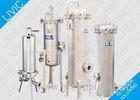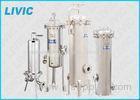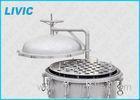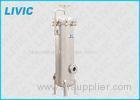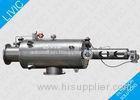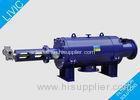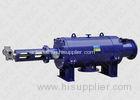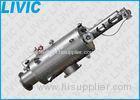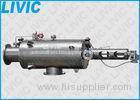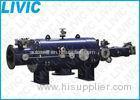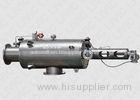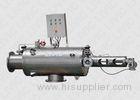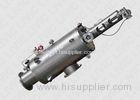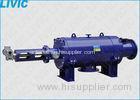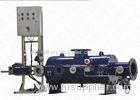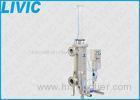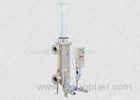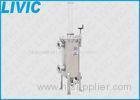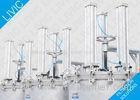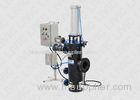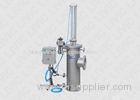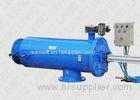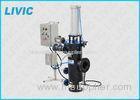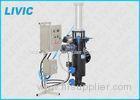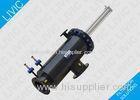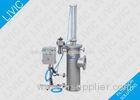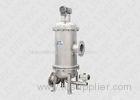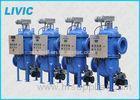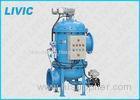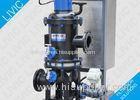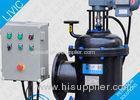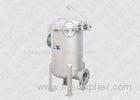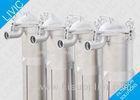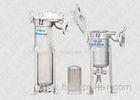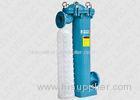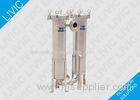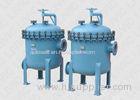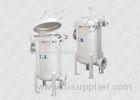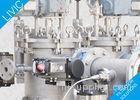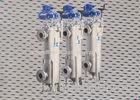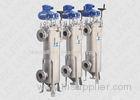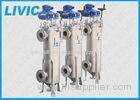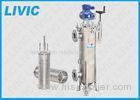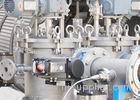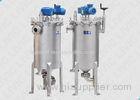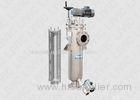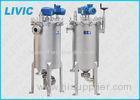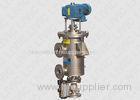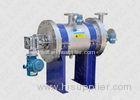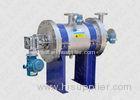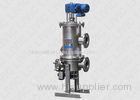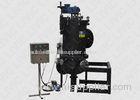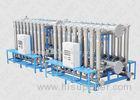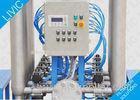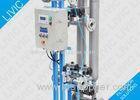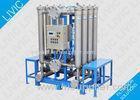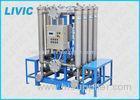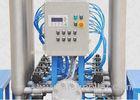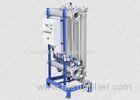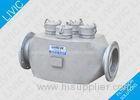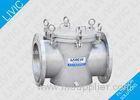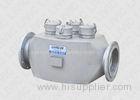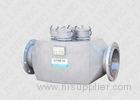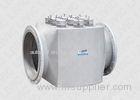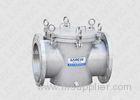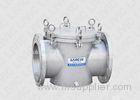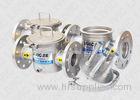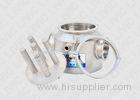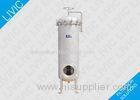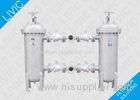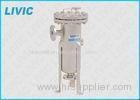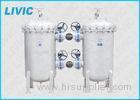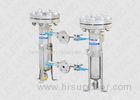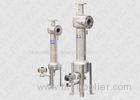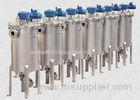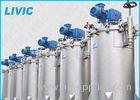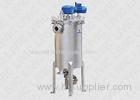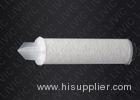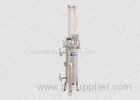|
Shanghai LIVIC Filtration System Co., Ltd.
|
POR Series Industrial Water Cleaning Systems With NBR / VITION Housing Seal Material
| Place of Origin: | Zhejiang, China (Mainland) |
|
|
|
| Add to My Favorites | |
| HiSupplier Escrow |
Product Detail
Industrial Water Metal Edge Filter DFX Series for Monomer and Polymer Filtration
&nb
Industrial Water Metal Edge Filter DFX Series for Monomer and Polymer Filtration
Description
Industrial Water Metal Edge Filter DFX Series (DFX Filter for short), is the high efficiency self-cleaning filter independently developed by LIVIC. The Metal edge filters are suitable for all applications where low or high-viscosity liquids or pastes have to be filtered and homogenised. These compact inline filter systems can be designed for semi or fully automatic cleaning. The system is cleaned by rotating the cartridge against a spring actuated scraper.
Removing the impurities particles on the filter element outside by mechanical scraping, it continuously filters on-line.DFX filter is designed for fine and accurate filtration ranging from 50-500micron. It can avoid extruding and breaking the impurities and is capable of the filtration for water and liquids of viscosity up to 800000cps. DFX filter is designed and manufactured per LIVIC’s high performance, high quality and high reliability standard. It is a world-class quality filter.
The conventional filters get clogged frequently when filtering the viscous liquid and removing the soft impurities. The customers have to select larger filters and clean the filter manually and frequently, which means expensive investment, hard work, valuable liquid loss. DFX filter solves these kinds of problems by its advanced self-cleaning. It always keeps the filter element clean, discharges waste liquid with high impurity concentration, reduces the liquid loss. When filtering the viscous liquids such as dirty water, adhesives, resins, polymers and oil, DFX filter works more efficiently. DFX filter is taking place fo vibrating screen, bag filter, basket filter and some kind of back-flushing filter by its technical advantages and low running cost.
Specifications:
| Applicable Liquid | water and viscous liquids(<800000cps), impurity<1000ppm |
| Filtration Rating | 50-500µm |
| Standard Design Pressure | 1.0 MPa, high design pressure available |
| Design Temperature | 0-200°C( determined by the seal material) |
| Filter Area Per Filter | 0.11m²-1.36m² |
| Cleaning Differential Pressure | 0.05MPa |
| Differential Pressure Instrument | differential pressure tansmitter(DPT) or diffential pressure switch(DPS) |
| Gear Motor | 180w, three phase, 380V, protection class IP 55; worm reduction gear |
| Inlet and Outlet Standard | flange, HG20592-2009(DIN compatible), HG20615-2009(ANSI B16.5 Compatible) |
| Filter Element Type | V-SLOT slotted metal filter element, 316L material |
| Housing Wet Part Material | 304/316L/CS |
| Scraping Blade Material | 304/316L |
| Housing Seal Material | NBR/VITION(FKM) |
| Discharging Valve | Pneumatic ball valve, protection class IP65 |
| Supply Facility Requirement | 380V AC,0.4-0.6MPa clean and dry compressed air |
Applications:
Applicable Industry: oil and fats, water treatment, pulp and paper, petro-chemical, fine chemical
Applicable Liquids: wax, kerosene, monomer, polymer, citric acid, fermented broth, cosmetics, silicon solution, soap, sorbitol, steriodsugar, wet end additives, adhesives, inks, lubricating oil, coatings, resin, rubber, ethanol, miscella, diesel, etc.
Fully automatic operation:
Filtration usually takes place under pressure. The filter is cleaned after a programmed time or a preset number of cycles or according to the differential pressure. We recommend cleaning the system at approximately 4 times the initial differential pressure. The cleaning motor is operated for around 10 seconds (about three turns of the filter cartridge). This is sufficient to clean the filter thoroughly. The motor may need to run continuously in exceptional cases. The drive shaft is always turned clockwise. The drain valve is opened in order to empty the filter. Depending on the residue concentration, this can either take place synchronously with cleaning or be time or cycle controlled. The opening time of the drain valve can be set between 2 and 6 seconds. The filter can be emptied in suction mode using a buffer or by interrupting the filtration process.
Semi-automatic and manual operation are also possible.


